Root canal treatment (RCT) is a common and essential procedure in modern dentistry, typically used to treat pulpitis or pulp infections. By removing the damaged or infected dental pulp, root canal treatment not only alleviates pain but also saves the damaged tooth, preventing extraction. Root canal therapy is crucial for treating deep cavities, trauma-related pulp damage, and other dental diseases. With advancements in dental technology, the success rate of root canal treatment and patient comfort have significantly improved.
This article will explore the fundamental principles, treatment process, common issues, technological advancements, and aftercare tips related to root canal treatment, providing readers with a comprehensive understanding of its importance and details.
1. Overview of Root Canal Treatment
Root canal treatment is a procedure used to treat infections and damage to the interior of the tooth. The interior structure of the tooth includes the pulp, dentin, enamel, and gums, with the pulp being the soft tissue inside the tooth that contains blood vessels, nerves, and connective tissue. The pulp’s main function is to supply nutrients and sensation to the tooth. When the pulp becomes infected or damaged, it may result in severe pain, swelling, or even necrosis, affecting the tooth’s normal function.
The goal of root canal treatment is to remove the infected pulp tissue, disinfect the root canal, and fill it with a special material to prevent re-infection, thereby preserving the tooth. This treatment helps patients avoid tooth extraction and restore the tooth’s function and aesthetics.
2. When is Root Canal Treatment Needed?
Root canal treatment is generally necessary in the following situations:
2.1 Deep Cavities
When tooth decay reaches the dentin and even penetrates into the pulp, bacteria can enter the pulp tissue, causing infection or inflammation. At this point, the pulp may become necrotic or infected, leading to pain and other symptoms.
2.2 Pulpitis or Pulp Necrosis
Pulpitis is the inflammation of the dental pulp caused by bacterial infection, trauma, or excessive mechanical pressure. If left untreated, pulpitis may progress to pulp necrosis, which can lead to pus formation in the root canal, causing pain, swelling, and infection.
2.3 Dental Trauma
When a tooth is subjected to trauma or impact, the pulp may become damaged. Trauma can lead to pulp exposure, bleeding, fractures, or necrosis, requiring root canal treatment to save the injured tooth.
2.4 Recurrent Periodontal Infections
If periodontal disease or other dental conditions are not treated in time, bacteria may spread to the tooth’s root canal, causing pulp infection. Root canal treatment is an effective way to stop the infection from spreading.
3. Steps Involved in Root Canal Treatment
Root canal treatment involves several steps, and typically requires multiple visits to complete. The process is as follows:
3.1 Initial Consultation and Assessment
Before beginning the treatment, the dentist will conduct a comprehensive examination, including taking X-rays to evaluate the health of the tooth and determine whether the pulp is damaged. This helps the dentist decide if root canal treatment is necessary.
3.2 Local Anesthesia
Root canal treatment is usually performed under local anesthesia to ensure that the patient does not feel pain during the procedure. The local anesthesia numbs the tooth and surrounding tissues, preventing discomfort during the treatment.
3.3 Accessing the Tooth and Removing the Infected Pulp
The dentist will make a small opening in the top or side of the tooth to access the root canal system. The infected or necrotic pulp tissue is then removed using specialized tools such as root canal probes and files. This process may require different sizes and shapes of instruments to ensure thorough removal of the pulp.
3.4 Cleaning and Disinfecting the Root Canal
Once the pulp is removed, the root canal needs to be thoroughly cleaned and disinfected. The dentist typically uses irrigating solutions like sodium hypochlorite or other antibacterial liquids to cleanse the root canal, eliminating any remaining bacteria and ensuring no infected material remains. The thoroughness of this cleaning is critical to the success of the treatment.
3.5 Filling the Root Canal
After cleaning and disinfecting, the root canal is filled with a sealing material. The most commonly used material is gutta-percha or other biocompatible substances. This filling effectively seals the root canal, preventing bacteria from re-entering and causing reinfection.
3.6 Sealing and Restoration of the Tooth
After root canal treatment, the tooth needs to be restored to its normal function and appearance. Typically, the dentist will recommend placing a crown over the tooth to enhance its strength and prevent fracture. A crown is a protective cover that is placed over the tooth, improving its durability and appearance.
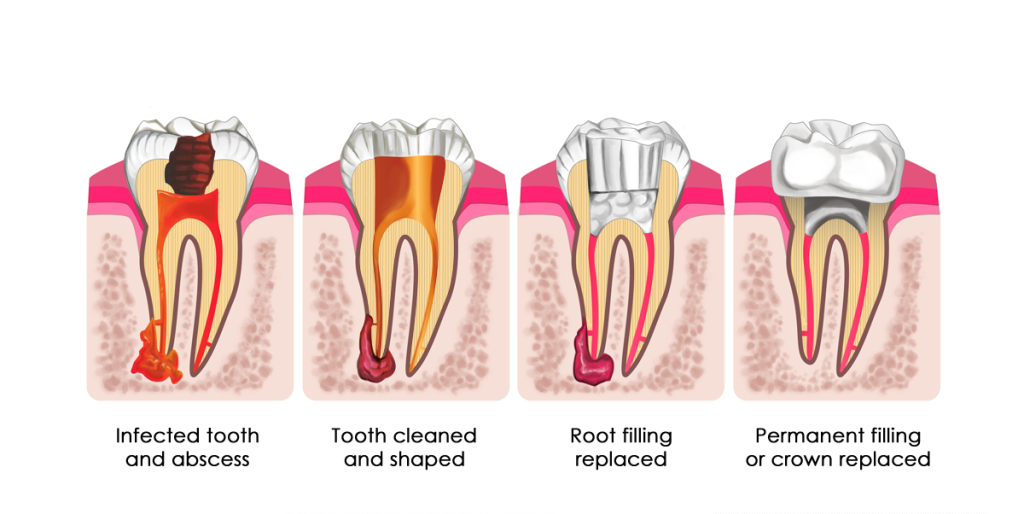
4. Common Issues and Challenges in Root Canal Treatment
4.1 Pain and Discomfort
Although root canal treatment is usually performed under local anesthesia, some patients may experience pain or discomfort after the procedure. This pain typically lasts for a few days and can usually be managed with over-the-counter pain relievers. If the pain is severe or persists longer than expected, it may indicate a problem with the treatment, and the patient should contact the dentist.
4.2 Complex Root Canal Anatomy
The root canal system can be complex, with multiple canals or even curved and narrow roots. These complexities increase the difficulty of cleaning and filling the root canals. Dentists need to use precise tools and techniques to ensure that the entire root canal system is adequately treated.
4.3 Success Rate of Root Canal Treatment
Root canal treatment generally has a high success rate, but not all cases achieve ideal results. The success rate is influenced by various factors, such as the extent of infection, the tooth’s anatomical structure, the timing of treatment, and the dentist’s experience. In most cases, root canal treatment can successfully save the tooth, but in some cases, retreatment or tooth extraction may be necessary.
5. Advances in Modern Root Canal Treatment Technology
With continuous advancements in dental technology, the effectiveness and comfort of root canal treatment have significantly improved. Some of the modern technologies used in root canal procedures include:
5.1 Digital Imaging and 3D Imaging Technology
Digital imaging and 3D imaging technologies, such as Cone Beam Computed Tomography (CBCT), provide clearer and more accurate images of the root canal structure, assisting dentists in making more precise diagnoses and treatment plans. These technologies help dentists better understand the canal system and detect potential issues early.
5.2 Laser Root Canal Treatment
Laser root canal treatment is a new technology that uses lasers to clean and disinfect the root canal. Lasers can effectively remove infected tissue, eliminate bacteria, and offer less trauma and higher precision compared to traditional methods. Laser treatment generally results in less postoperative discomfort and higher success rates.
5.3 Electronic Apex Locators
Electronic apex locators (EAL) are devices that help measure the length of the root canal with great accuracy. This technology aids dentists in precisely cleaning and filling the canal, ensuring that the treatment is effective and the filling material reaches the correct depth. The use of EAL improves the precision and success rate of root canal treatment.
6. Aftercare and Considerations Following Root Canal Treatment
6.1 Post-treatment Pain Management
After a root canal, patients may experience mild discomfort or soreness. This pain typically resolves within a few days. Patients are advised to follow the dentist’s recommendations and use over-the-counter pain relievers, such as ibuprofen or acetaminophen, to manage the discomfort. If the pain is severe or persists beyond the expected recovery time, the patient should contact the dentist.
6.2 Avoiding Excessive Chewing
Immediately after root canal treatment, particularly before the tooth is restored with a crown, patients should avoid chewing hard foods on the treated tooth to prevent it from fracturing or dislodging the filling material.
6.3 Regular Follow-ups
It is essential for patients to attend regular follow-up appointments to ensure that the treatment is progressing well. The dentist may take X-rays to check that the root canal is properly sealed and to monitor the healing process of the treated tooth.
7. Conclusion
Root canal treatment is a vital procedure for saving damaged teeth and alleviating pain. With the development of modern technologies, root canal treatment has become more precise, efficient, and comfortable. By understanding the treatment process, potential issues, and available technologies, patients can make informed decisions to maximize their dental health. Through effective aftercare and regular monitoring, root canal treatment can ensure long-term success, preserving teeth and improving the patient’s quality of life.

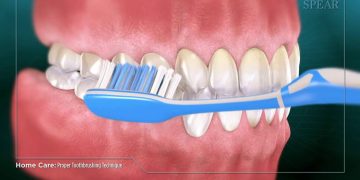
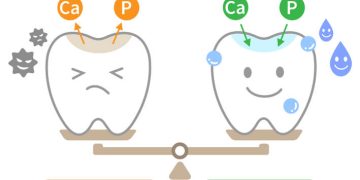





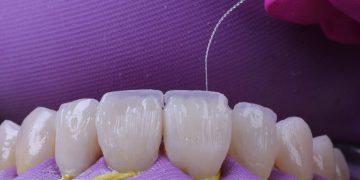
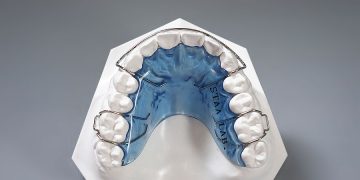

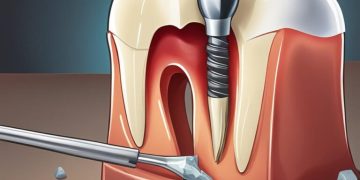
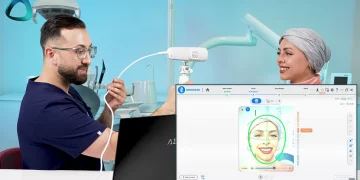
































Discussion about this post